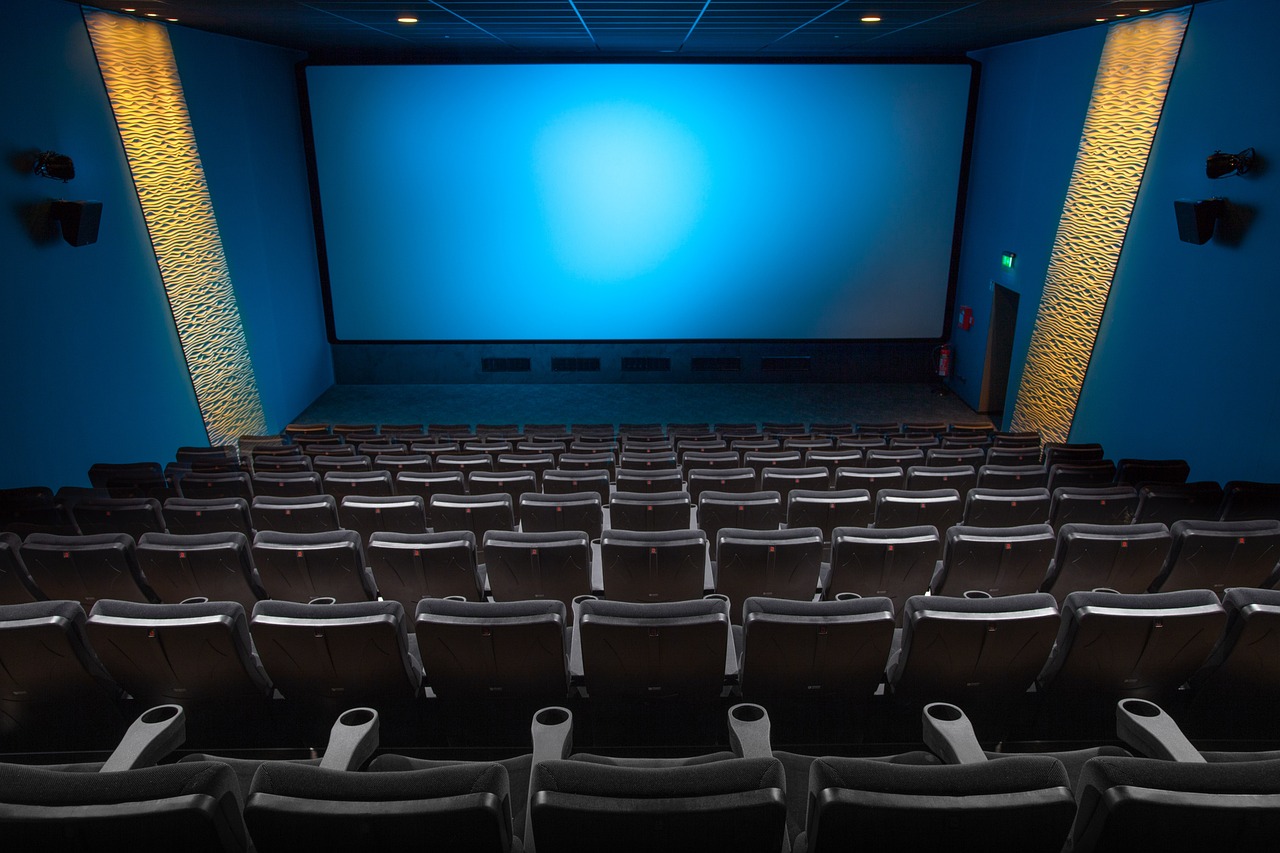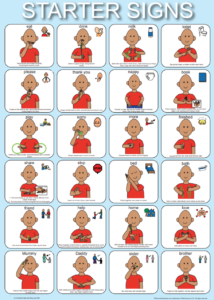How do Deaf people watch movies at a cinema?
For many, the magic of movies and TV shows unfolds through sound, with dialogue weaving the narrative and music setting the mood. But for the millions living with deafness or hearing loss, that magic can feel muted, inaccessible. Yet, the desire to experience the captivating world of cinema is just as strong, and thankfully, technology has opened a door to a whole new way of watching.
Open captioning, those glorious little subtitles that dance across the screen, have become the unsung heroes of accessible entertainment. Streaming services like Netflix, Hulu, and Amazon Prime Video offer a treasure trove of captioned content, allowing Deaf viewers to follow along with every quip, emotional exchange, and plot twist. It’s like having a tiny interpreter whispering the story directly to you, ensuring you never miss a beat.
But what about the cinematic experience? The grand darkness of the theater, the shared laughter echoing through the air, the collective gasp at a jump scare – are these experiences reserved solely for hearing audiences? Absolutely not! Closed captioning, the cinematic counterpart of open captions, is increasingly making its way into theaters, offering a lifeline for Deaf moviegoers. While not yet ubiquitous, many cinemas provide devices like Realtime Access or CaptiView, which display captions on a small screen placed directly in front of the viewer. It’s like having a personal interpreter, whispering the story directly to you, ensuring you never miss a beat of the on-screen action.
Sure, the experience isn’t identical. The subtle inflections of voice, the way an actor’s eyes flicker with emotion – these nuances might slip through the cracks of the captions. But the joy of following the plot, understanding the jokes, of feeling the emotional rollercoaster of a well-told story – that’s something Deaf viewers know all too well. The rush of understanding a punchline, the gasp of surprise at a plot twist, the tears shed for a touching scene – these emotions transcend the limitations of captions and speak a universal language.
The technology is still evolving, pushing the boundaries of accessibility. Advancements like Realtime Text (RTT) allow for two-way communication with actors and fellow viewers through captions, creating a more interactive and immersive experience. Additionally, initiatives like the National Access Network (NAN) are working to make closed captioning available at every theater across the country, ensuring that no Deaf movie lover is left behind.
But the journey goes beyond technology. It’s about raising awareness, challenging perceptions, and fostering inclusivity within the film industry. Deaf actors are increasingly taking center stage, both in front of the camera and behind the scenes, ensuring that authentic and diverse stories are being told. Organizations like the National Center on Deafness and Film are working to educate filmmakers and theater owners about the needs of the Deaf community, advocating for better representation and accessibility.
So next time you head to the theater, remember, the magic of cinema isn’t just for hearing ears. Look for the closed captioning symbol, rent a captioning device, and experience the joy of watching a story unfold, nuance by nuance, subtitle by subtitle. Because in the end, laughter, tears, and the thrill of a good movie are universal languages, and everyone deserves a front-row seat.



